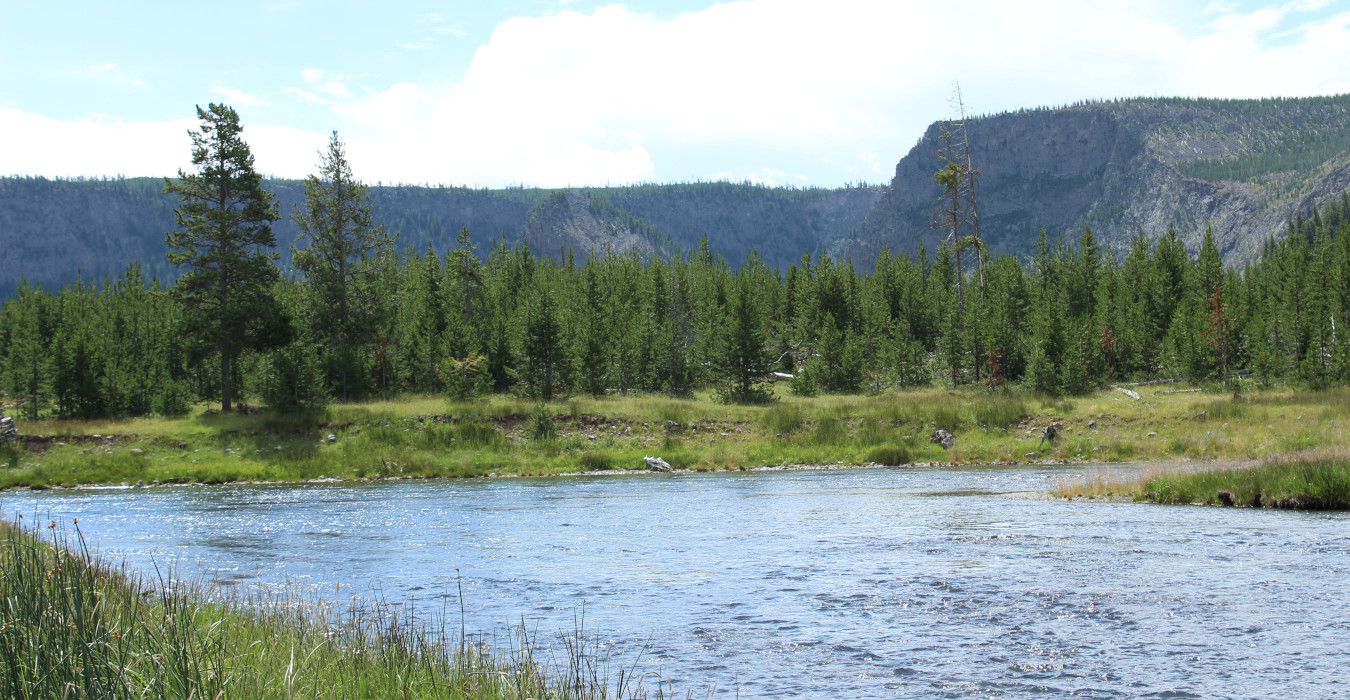Have you ever played a video game, watched a movie, or read a book that made you want to live in that world? In all stories, no matter what the medium is, the setting plays an important role. Because of that, we often find ourselves wanting to visit that world – myself included. I’ve experienced a lot of stories, and while setting isn’t always a prominent factor, the best storytellers know how to utilize this element to their advantage.
Today, I’d like to dedicate some time to my favorite fictional worlds. Not only would I love to visit these universes myself (well, if they weren’t so dangerous), but they’ve also influenced my own writing in a number of ways.
The Riordan-verse
This consists of Rick Riordan’s book series Percy Jackson & The Olympians, The Heroes of Olympus, The Kane Chronicles, The Trials of Apollo, and Magnus Chase & The Gods of Asgard. That’s a lot, so forgive me for making up a name on the fly. Granted, I haven’t read all of these series in their entirety, but I still love the connected world that Riordan created with the different types of mythology in the modern world.
Though it’s not entirely fictional, since these books do take place in the modern-day world, what makes this universe one of my favorites is that Riordan cleverly fuses reality and mythology together without making it feel unnatural or disjointed. Plus, mythology fascinates me, so seeing how Greek or Egyptian deities interact with the modern world was always interesting to see. Riordan also gets bonus points for somehow always being able to connect everything together.
Marie Lu’s Legend Trilogy
In most dystopian tales, authors tend to focus on one particular nation, usually some messed up version of the United States. If you’re lucky, the main country will be at war with another and you’ll get some glimpses into the second one, but for the most part, you’re pretty limited. That’s not the case with the dystopian world Marie Lu creates in the Legend trilogy, however. Yes, there are two main nations, the Republic and the Colonies, but she also acknowledges the rest of the world outside of the fractured United States. For example, scenes in a later book take place in an Antarctic nation, which I loved seeing.
Going back to the Republic and the Colonies though, both of them play an important part in the story. They each have unique and defining attributes, many of which contrast each other, but neither one is shown to be definitively good or evil. Both societies have pros and cons, just as different countries do in the real world, and they provide some great food for thought.
Hyrule (The Legend of Zelda)
Hey, I never promised I was going to list all book worlds. Anyway, I love the land of Hyrule for its variety in the land, wildlife, and cultures, but I was really blown away by the most recent installment in the series, Breath of the Wild. BOTW has all of the richness of the Hyrules of yesterday, but on an incredibly massive scale. It’s a beautiful world that’s so much fun to explore.
But even before BOTW, I always appreciated the different cultures and geography in Hyrule. There are the Hylians, of course, a race similar to humans, but there are also the Gerudo in the desert, Gorons in the mountains, the fish-like Zora, the winged Rito, and many others. Hyrule’s diversity of people and landscape has inspired me in my own writing, and it never fails to impress me.
Marissa Meyer’s The Lunar Chronicles
Part of what I love about The Lunar Chronicles is the wonderful cast of characters, but I also really like the world that Meyer creates in these books. It’s a futuristic world that includes cyborgs, robots, and genetically engineered soldiers, but better yet, there’s an entire country on the moon. That’s right. The moon is a setting in these fairy-tale retellings, and it’s awesome.
Like the other worlds I’ve talked about, this one also sets itself apart from others in its genre. Meyer does this by utilizing different elements, some of which seem like opposites, and using them all well. Who would’ve thought a cyborg Cinderella retelling featuring the queen of the moon would be so successful?
Scott Westerfeld’s Leviathan Trilogy
The Leviathan trilogy was one of the first young adult books I read, and Westerfeld’s alternate, steampunk-y take on World War I remains one of my favorite fictional worlds. As the war begins, the world is split into two factions: The Clankers, whose technology of choice are metal machines, and the Darwinists, who prefer scientifically fabricated creatures. Most nations choose one side and stick with it, but others blend the technologies with varying degrees of success, which is awesome.
Although this scenario seems a bit far-fetched, Westerfeld gives it an air of believability by using details. The different beasts and machines have strong descriptions that help readers to imagine them, so much so that they become real for a time. Plus, steampunk worlds are just plain cool, so this one definitely has a place in my top five.
***
Basically, when it all comes down to it, I love fictional worlds that are unique, diverse, and detailed. I like to see that the author put a lot of thought into creating the setting of their story and that they didn’t just limit themselves to one city or one nation. After all, the real world is diverse, unique, and detailed, why should the fictional worlds be any different?


Leave a Reply